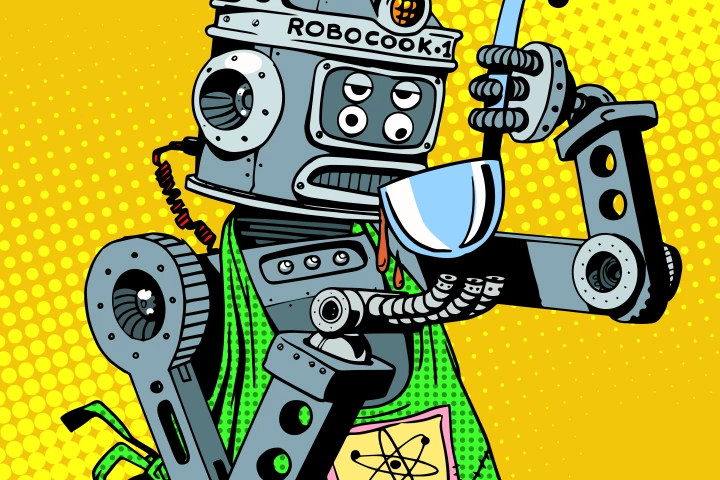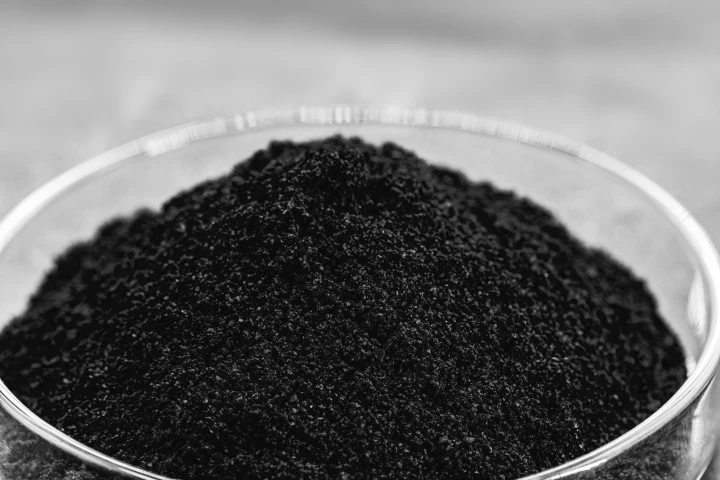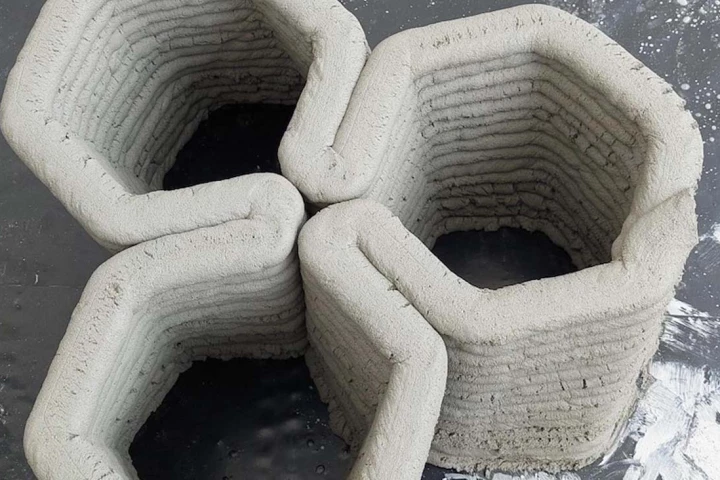Graphene
-
Glass-filled polypropylene is already a very commonly used plastic for automotive parts, but could it be improved? Well, yes. A new substance, Gratek, is claimed to make the plastic 20% stronger yet 18% lighter, thanks to the addition of graphene.
-
While machines have mastered both sight and sound, the sense of taste has largely remained exclusive to biological organisms. Now, researchers in Beijing have built a graphene oxide “tongue” that doesn’t just detect chemicals, it learns them.
-
Not many people fancy the idea of spending the night in a sleep clinic with multiple electrodes stuck to their skin. That's why scientists have developed a smart pajama top that assesses sleep disorders while its wearer comfortably slumbers at home.
-
Graphene has been found on the Moon. The so-called “wonder material” was detected in a sample of lunar soil returned by a Chinese lander.
-
Using biowaste from cassava plants, scientists have created a coating that virtually eliminates friction in metal parts. The breakthrough has the potential to deliver better fuel economy and deliver enormous savings in myriad industries.
-
Graphene is the Novak Djokovic of materials – it’s so damn talented that it’s getting boring celebrating each new victory. But an exciting new upstart is challenging graphene’s title. Meet goldene, a 2D sheet of gold with its own strange properties.
-
It slices, it dices, it's super strong and conductive, and now an ultra-pure form of ‘wonder material’ graphene has been inhaled during a human trial without affecting lung or cardiovascular function, opening the door to a novel drug delivery mode.
-
Thanks to our high demand for concrete, the world may eventually run out of accessible sand. Scientists at Rice University have now shown that substituting graphene can not only save sand, but makes concrete lighter, stronger and tougher.
-
With 2023 drawing to a close, it's once again time to look at the significant, intriguing, and sometimes just plain daft science stories of the year. So, let's dive in and see what the science types have been up to.
-
3D-printed concrete structures are claimed to be faster and cheaper to build than their traditional counterparts, but they're not always as strong. That problem may soon be solved by adding a pinch of graphene oxide, which could also be used to detect cracks.
-
Everybody’s favorite wonder material, graphene, continues to surprise. MIT physicists have discovered yet another brand new electronic state hiding in this overachieving little material – something they give the bizarre name of “ferro-valleytricity.”
-
Researchers have harvested hydrogen from waste plastics using a low-emissions method. They say it not only solves environmental problems, but the value of the graphene by-product could offset the costs of producing hydrogen.
Load More











